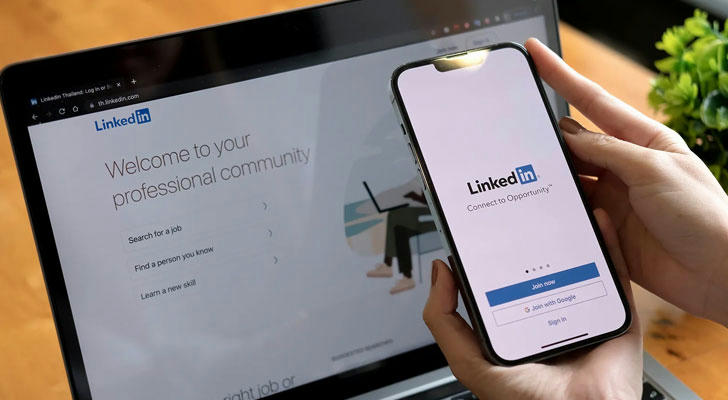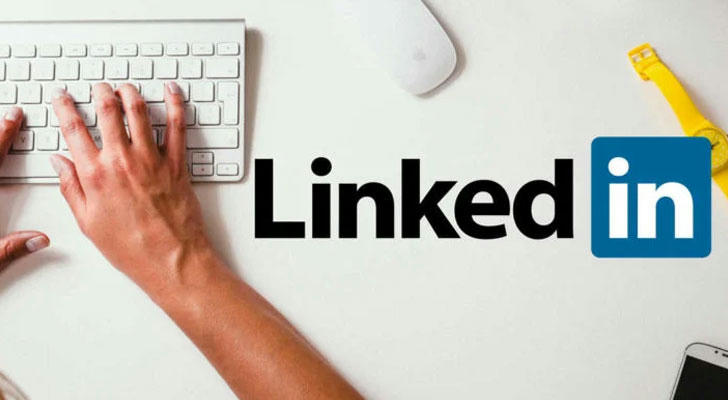Can LinkedIn Be a Powerful Career Tool? The Key Lies in How It's Used
Founded in 2003, LinkedIn has positioned itself as a professional networking platform with these primary functions:

I. Understanding LinkedIn's Core Functions
Career Profile Creation: Users can create in-depth career profiles including work history, education, certifications, and skill endorsements. These serve as dynamic resumes, enabling recruiters and peers to gain a holistic view of one's career trajectory.
Professional Networking: By connecting with colleagues, classmates, and industry professionals, users can build networks that foster collaboration and open doors to new opportunities.
Access to Industry Insights: Following companies, industry thought leaders, and niche groups allows users to stay updated on trends, job openings, and relevant discussions in real-time.
Content Sharing and Influence Building: Through posts, articles, and comments, users can demonstrate thought leadership and engage in professional discourse, boosting personal brand visibility.
Professional Engagement: Thoughtful comments, endorsements, and participation in group discussions help maintain professional presence and credibility.
Key statistics:
- Over 1 billion global users (Statista 2024)
- Acquired by Microsoft in 2016 for $26.2 billion
- 60% of hiring managers consider an active LinkedIn presence as a sign of professional maturity (LinkedIn Talent Report 2023)
II. Practical Applications of LinkedIn
1. Building a Credible Professional Image
As highlighted in a Harvard Business Review (2023) article, professionals with well-curated digital profiles are more likely to be contacted by recruiters.
Example: A product manager in Beijing gained international visibility and was invited to speak at an ASEAN UX summit after consistently posting case studies and UI/UX analyses.
This shows that personal branding isn't confined to a website or portfolio—LinkedIn has become the new "digital handshake."
2. Strategic Network Building
Sociologist Manuel Castells emphasizes the value of "network capital"—a resource enabling access to information and opportunities.
Example: A mid-level market analyst in Toronto co-authored a whitepaper on consumer behavior after connecting with a senior researcher in a LinkedIn analytics group. The paper was later cited in a trade journal, boosting both their reputations.
Active participation in groups and intelligent outreach can lead to mutually beneficial collaborations that transcend geography.
3. Knowledge Sharing and Influence
LinkedIn reports that users who post weekly are 5x more likely to be contacted for relevant opportunities.
Example: An engineer specializing in wind energy began posting data visualizations about turbine efficiency. Over several months, his content gained traction and was cited in reports by two clean energy startups. He was later offered a remote consulting contract based on his shared insights.
III. Effectiveness Across User Groups
| Factor | Impact |
|---|---|
| Industry | High adoption in tech, finance, consulting, and media; comparatively low usage in blue-collar and traditional manufacturing sectors |
| Career Stage | Students use it for career exploration and internships; early-career for visibility; mid-career for branding and mentoring; senior professionals for influence and legacy building (Oxford Study, 2023) |

IV. Organizational Perspectives
Companies increasingly rely on LinkedIn for:
- Candidate Verification: HR departments use LinkedIn to validate experience and detect inconsistencies between resumes and public profiles.
- Corporate Branding: Organizations share updates, achievements, and employee spotlights to attract talent and foster engagement.
- Talent Pipeline Development: Passive talent is often nurtured through followership, messages, and engagement before job openings are posted.
As Li Hao noted in the Journal of Organizational Behavior Review (2022):
“The rise of digital identity means career development is no longer episodic—it’s a continuous, strategic act.”
V. Common Mistakes & Solutions
Common Pitfalls:
- Treating LinkedIn as a one-time resume upload
- Infrequent logins and engagement
- Adding random connections without shared context
- Over-posting irrelevant or self-promotional content
Solutions:
- Update Quarterly: Refresh experience, skills, and featured work every 3–4 months.
- Engage Weekly: Comment on industry news, react to peer updates, and join conversations in groups.
- Share with Intent: Focus on quality content—case studies, frameworks, lessons learned, or curated insights.
A well-maintained LinkedIn profile functions as a living career narrative—not just a placeholder.
VI. Conclusion
"Professional image is cultivated through consistent behavior." – Management Scholar
LinkedIn, at its core, is a blank canvas. The way one chooses to use it—proactively or passively—determines its ultimate value. It’s not just a platform for job seekers; it’s a stage for professionals to demonstrate value, build trust, and engage in lifelong learning.
For students, it can be the bridge from academia to industry. For mid-career professionals, it’s an evolving portfolio. For entrepreneurs and freelancers, it’s a marketplace of reputation and opportunity.
Those who treat LinkedIn as a dynamic professional tool—checking analytics, engaging thoughtfully, and refining their digital identity—are often those who experience the most career mobility and external recognition.
In today’s attention economy, LinkedIn functions as both a signal and a story. It signals credibility, consistency, and capability. And it tells a story of your growth, values, and potential.
So, can LinkedIn be a powerful career tool? Absolutely—if it's used with purpose.
Final Thoughts
If you're not using LinkedIn strategically, you're leaving opportunity on the table. Whether you're applying for a job, expanding your business, or cultivating a personal brand—LinkedIn is not just a nice-to-have. It's an essential tool for career visibility in a digital-first world.

References
- Statista (2024)
- HBR (2023)
- Li Hao (2022)
- LinkedIn Data (2024)
- Castells (2010)
- Oxford Digital Identity Study (2023)
- LinkedIn Talent Report (2023)
